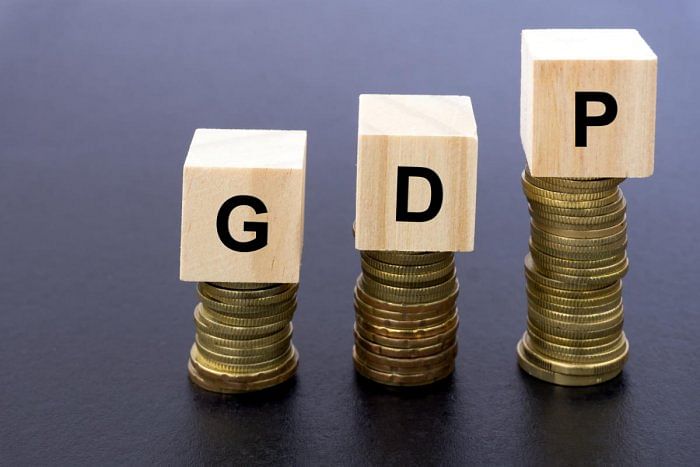For four years, India has battled the suspicion that its new and improved GDP series is a rose-tinted view of reality. Now that Narendra Modi is prime minister for a second term, he must see that battle for what it is: A lost cause.
Unlike harmless advertising puffery around a toothpaste that kills 99.9 per cent of germs, the narrative of 7 per cent growth has done real damage.
This week, a top former government adviser provided a statistical estimate. The actual GDP growth rate between 2012 and 2017, according to Arvind Subramanian’s working paper for Harvard University, may have been 2.5 percentage points lower than the official 7 per cent rate.
India’s level of economic output may be overstated by anywhere between 9 per cent and 21 per cent. The issue isn’t whether Subramanian’s technique of looking at other countries’ performance to build a picture of India’s growth is robust. As my colleague Mihir Sharma argues, if senior officials who served Modi in his first term don’t believe the data, nobody else will trust them either.
Going by the early official response to the critique, especially the promise of a point-by-point rebuttal to come later, it’s clear that Team Modi wants to continue to brazen it out. The prime minister should see the economic cost of that approach, even if his advisers don’t.
Voters don’t care about abstract statistical artifacts like GDP. They care about jobs, state subsidies and programs, and the cost of living. It was India Inc. that bought into the claim of 7 per cent growth, and found itself badly deceived when the expected operating profits to repay creditors never materialised. Investments had stalled even before Modi's first term, but the deleveraging that was badly needed to deal with a slowdown also got delayed.
Misleading GDP data is one of several reasons why most balance sheets in India are stressed today. It’s not surprising, therefore, that the most ardent supporters of the new GDP series are accountants by training. When 108 economists and social scientists wrote to the government asking it to restore sanity to the published figures, 131 accountants wrote their own letter, accusing the former group of running a politically motivated campaign.
India’s bean counters do have a dog in the GDP fight. Some of them, as fund managers, have given investors’ money to firms that are in deep trouble now. Others, as auditors, turned a blind eye to sharp corporate practices, related-party lending and self-dealing, perhaps thinking that all boats would be kept afloat by high growth. Now they’re scared.
Naturally, financial intermediaries in Mumbai don’t want Modi to tell creditors and debtors the truth about growth, especially since they can’t undo their previous bets on 7 per cent expansion without career-limiting, wealth-destroying – and possibly even freedom-endangering – consequences. But if Modi doesn’t order a thorough revamp of the discredited data in his second five-year term, the danger is that every quarterly growth announcement from now on will be discounted by 2.5 percentage points – the Subramanian factor. That means asking investors to accept that the March quarter’s published 5.8 per cent GDP expansion – a fourth straight quarter of cooling – may have been as low as 3.3 per cent.
Who will invest in a labour-surplus nation at those near-recessionary growth rates?
